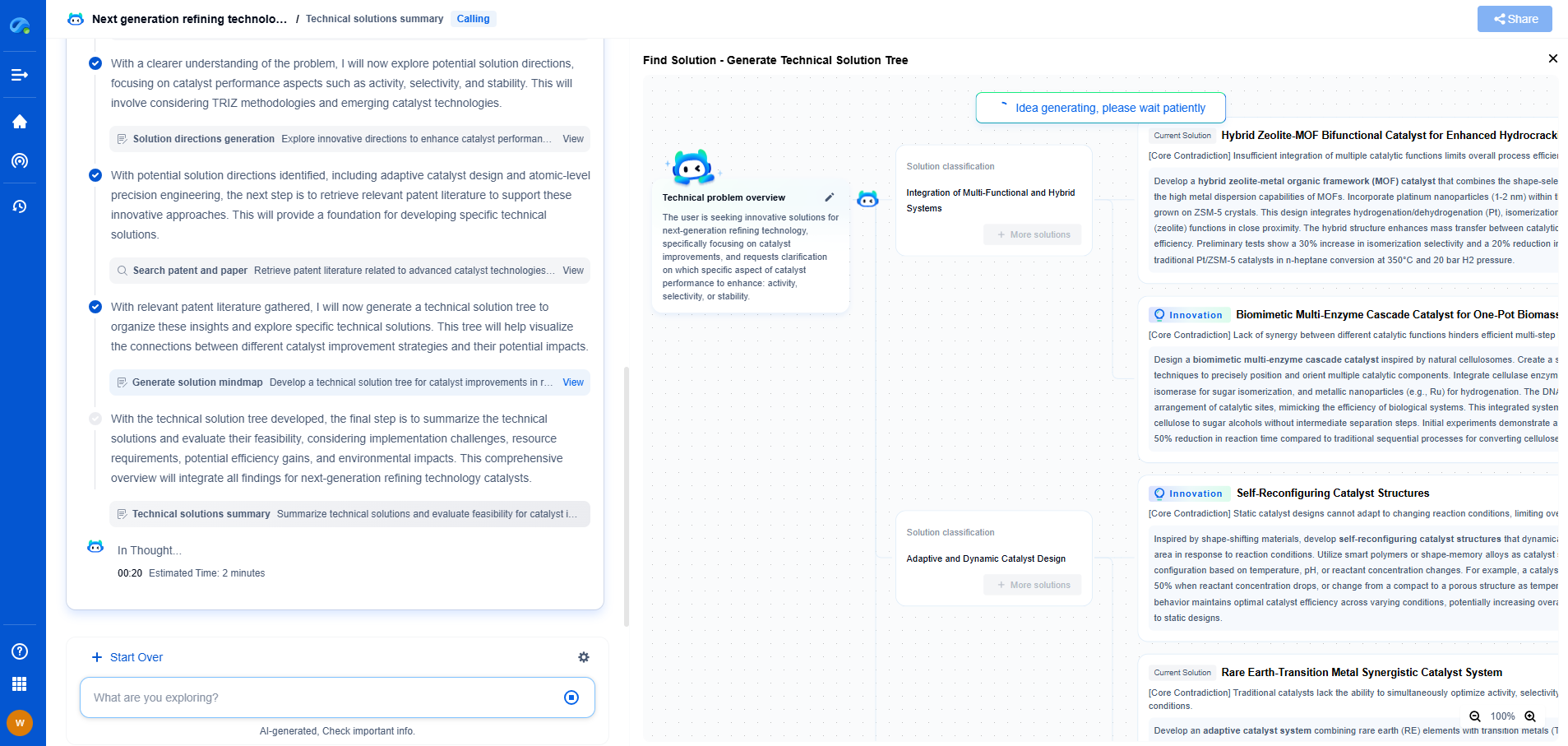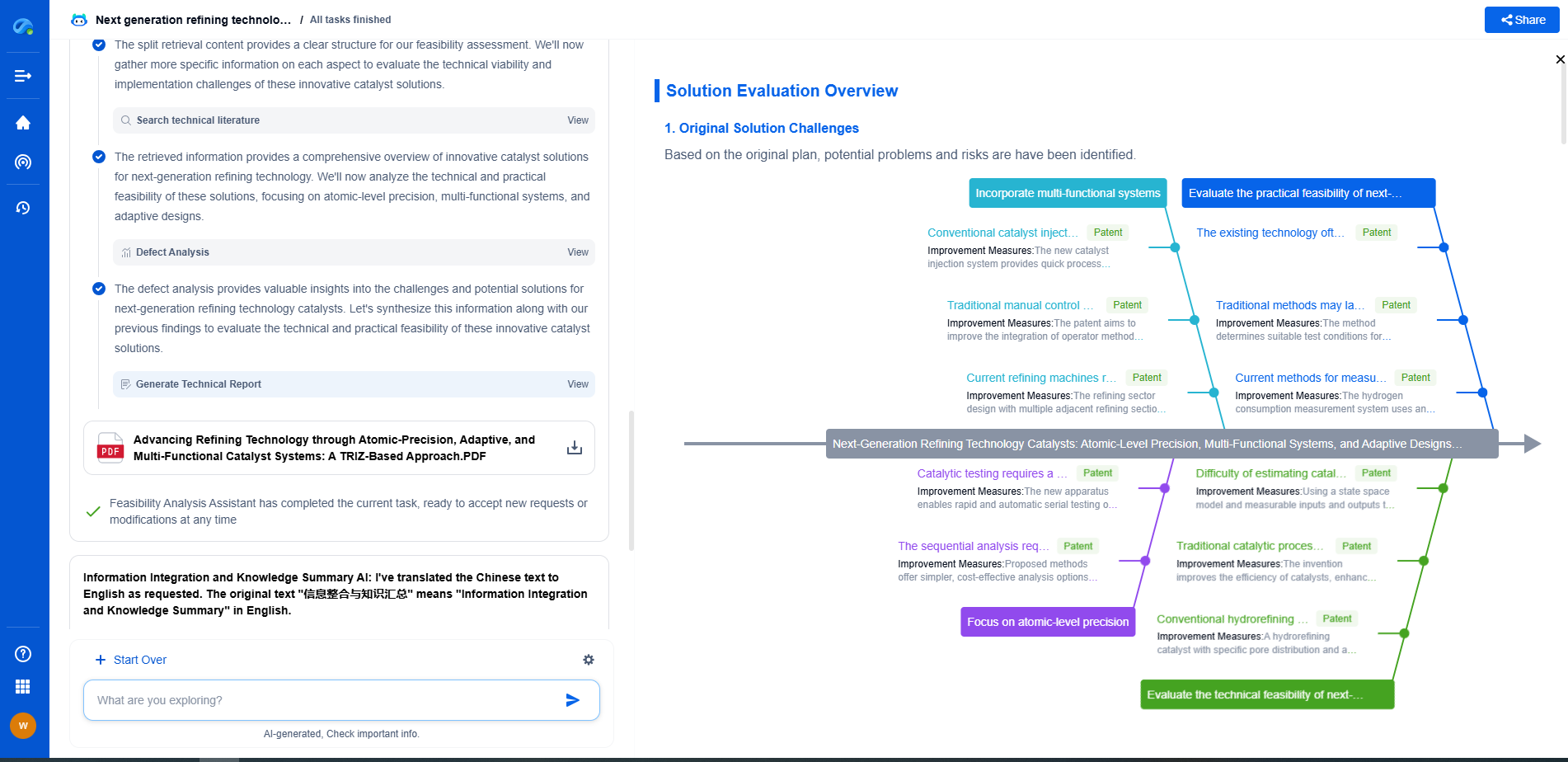What Is a File System? FAT32, NTFS, and ext4 Compared
JUL 4, 2025 |
A file system is a critical component of an operating system that dictates how data is stored, organized, and retrieved on a storage device. It defines the structure through which files are named, stored, and accessed. Without a file system, data stored on a disk would be one large block of data with no way to distinguish where one piece of information stops, and another starts. File systems also provide a way to control access to data, manage storage space, and keep track of free and used spaces on the disk.
The Importance of File Systems
File systems are integral because they ensure that data is stored in a way that maximizes efficiency and reliability. They help organize data in directories and folders, allowing users to easily navigate and locate the files they need. Moreover, they provide security features that protect sensitive information from unauthorized access. File systems can also impact the speed and efficiency of data retrieval, making them a crucial element in both personal computing and large-scale data management.
FAT32: An Overview
File Allocation Table 32 (FAT32) is one of the oldest and most widely used file systems. Developed by Microsoft, it was introduced with Windows 95 and became popular due to its simplicity and wide compatibility. FAT32 is supported by virtually all major operating systems, including Windows, macOS, Linux, and more.
Pros of FAT32
FAT32's primary advantage is its universality. It is an excellent choice for removable storage devices like USB flash drives because it can be easily read and written by almost any device. Moreover, its simple design requires minimal resources, making it suitable for devices with limited processing power.
Cons of FAT32
Despite its compatibility benefits, FAT32 has limitations. It cannot handle files larger than 4 GB, which can be a significant restriction for modern users dealing with high-definition videos, large software installations, or extensive data sets. Additionally, FAT32 lacks robust security features and is more prone to data fragmentation, which can slow down performance over time.
NTFS: Diving into the New Technology File System
The New Technology File System (NTFS), developed by Microsoft, was first introduced with Windows NT. It is the default file system for modern versions of Windows, offering significant improvements over FAT32 in terms of performance, security, and scalability.
Advantages of NTFS
NTFS supports large file and partition sizes, accommodating growing storage needs without the limitations imposed by FAT32. It includes advanced features like file compression, encryption, and disk quotas, enhancing both security and efficiency. NTFS's journaling feature helps recover from system crashes by keeping track of changes not yet committed to the disk, making it a more reliable choice for critical applications.
Disadvantages of NTFS
While NTFS is feature-rich, it is not as universally supported as FAT32. Non-Windows systems may require additional software or configurations to fully utilize NTFS drives. Furthermore, NTFS can incur more overhead, which might not be ideal for devices with limited resources.
Exploring ext4: The Fourth Extended File System
The fourth extended file system (ext4) is predominantly used in Linux environments. It is an evolution of ext3 and introduces several enhancements to improve performance, reliability, and storage capabilities.
Strengths of ext4
Ext4 boasts impressive journaling capabilities that help prevent data corruption during unexpected shutdowns. It supports extremely large volumes and files, making it suitable for both personal and enterprise-level storage solutions. Ext4 also provides backward compatibility with ext3, allowing for seamless migration for users upgrading from older systems.
Weaknesses of ext4
Although ext4 is widely used in Linux, it lacks native support in Windows, which can limit its usability in mixed-OS environments. While there are third-party solutions to access ext4 partitions on Windows, they may not always be reliable or efficient.
Choosing the Right File System
When deciding on a file system, it's crucial to consider your specific needs and the environment in which you'll be operating. For universal compatibility and ease of use across multiple devices, FAT32 might be a suitable choice. However, for enhanced security, performance, and larger file handling, NTFS or ext4 are more appropriate. NTFS is a better fit for Windows-centric operations, whereas ext4 excels in Linux ecosystems.
In conclusion, understanding the strengths and limitations of different file systems like FAT32, NTFS, and ext4 is essential for optimizing data storage and management. By selecting the appropriate file system, users can ensure efficient, secure, and reliable access to their data, meeting the demands of modern computing.
Accelerate Breakthroughs in Computing Systems with Patsnap Eureka
From evolving chip architectures to next-gen memory hierarchies, today’s computing innovation demands faster decisions, deeper insights, and agile R&D workflows. Whether you’re designing low-power edge devices, optimizing I/O throughput, or evaluating new compute models like quantum or neuromorphic systems, staying ahead of the curve requires more than technical know-how—it requires intelligent tools.
Patsnap Eureka, our intelligent AI assistant built for R&D professionals in high-tech sectors, empowers you with real-time expert-level analysis, technology roadmap exploration, and strategic mapping of core patents—all within a seamless, user-friendly interface.
Whether you’re innovating around secure boot flows, edge AI deployment, or heterogeneous compute frameworks, Eureka helps your team ideate faster, validate smarter, and protect innovation sooner.
🚀 Explore how Eureka can boost your computing systems R&D. Request a personalized demo today and see how AI is redefining how innovation happens in advanced computing.
- R&D
- Intellectual Property
- Life Sciences
- Materials
- Tech Scout
- Unparalleled Data Quality
- Higher Quality Content
- 60% Fewer Hallucinations
Browse by: Latest US Patents, China's latest patents, Technical Efficacy Thesaurus, Application Domain, Technology Topic, Popular Technical Reports.
© 2025 PatSnap. All rights reserved.Legal|Privacy policy|Modern Slavery Act Transparency Statement|Sitemap|About US| Contact US: help@patsnap.com

